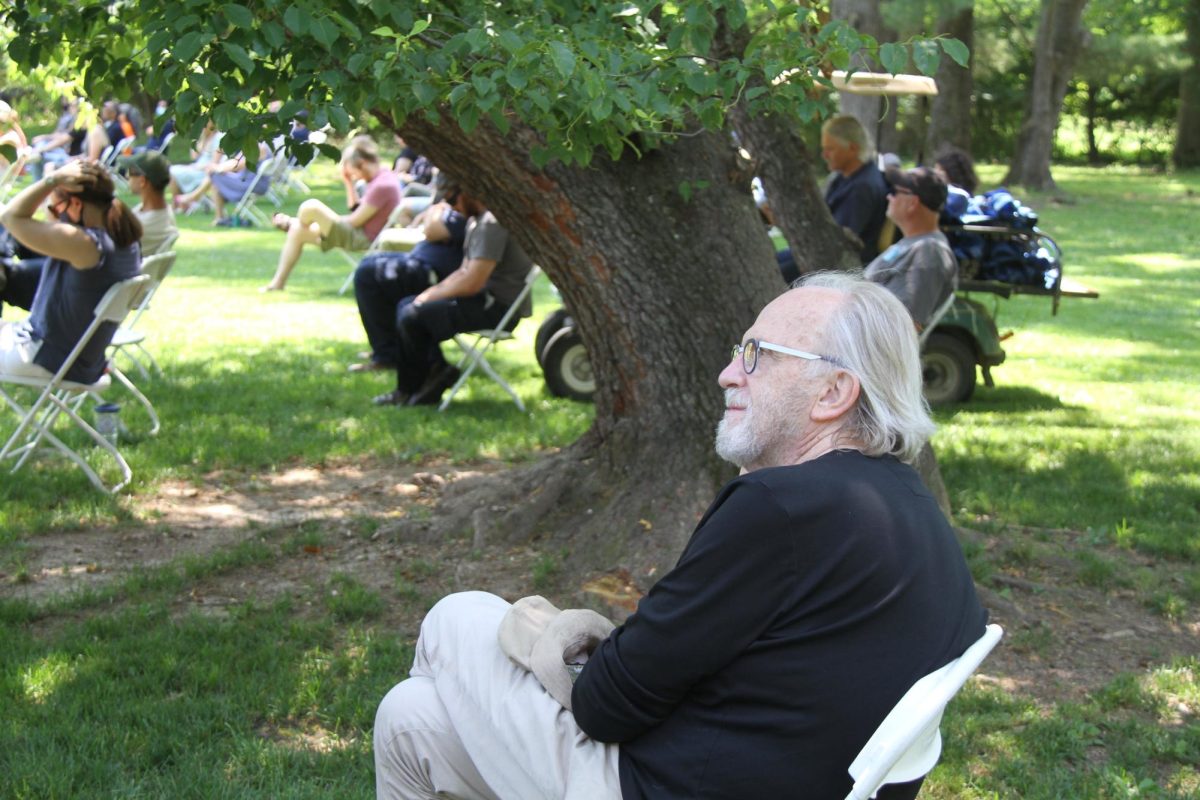Here’s What We Can Gather From the Results of PDS’ Mock Election
November 10, 2020
Following the heated debates regarding the recent election in the United States, PDS has made an effort to educate its students about the election and the importance of voting as a civic duty. Student Council, therefore, organized a mock election which simulates the real election process in order to give a voice to students at the Day School and allow them to express their support for whichever candidate they supported.
The mock election was sent out in a Google Form with different questions ranging from what state the student is from to which senator should represent that state in the Senate. In total, 254 people responded to the poll. In addition, Student Council also generously organized materials that would provide the PDS electorate with critical information regarding the platforms of those running, from their immigration policies to their health initiatives. This information provided a great opportunity for students to educate themselves as well as to share their views on controversial topics.
Out of all 254 voters in the mock election, more than 90% of the voters were from New Jersey, and less than 10% from Pennsylvania. Despite the uneven distribution of both states, a strong dynamic can still be distinguished between the two results for the choosing of the US presidential candidate. The results of both states leaned heavily towards Democrats with a few outliers. According to the final electoral college voting system, both New Jersey and Pennsylvania ended up voting for Joe Biden, despite the major fluctuation between blue and red in Pennsylvania. One interesting fact to point out in this mock election is that Pennsylvania showed a significantly higher voter turnout for the Republican party (Donald J. Trump / Michael R. Pence) at 37.5% compared to the 13.7% dedicated to Trump in New Jersey. There were quite a few people who voted for parties other than Democrat and Republican, which is especially interesting given today’s political polarization between the Democratic and Republican parties. In New Jersey, a total of 20 people voted for the Libertarian Party and the Green party; this almost constitutes one tenth of the voter population. In the actual election, there were a decent amount of votes going to the Libertrain and Green Party; however, they were acutely outnumbered by the Democrat and Republican votes. In the voting for US senators, the result showed a similar trend as the presidential candidate, with most voters leaning towards support of Democrat Cory Booker. Additionally, the mock election also asked for the students opinions on certain policies. One of the policy questions was the one that has been a hot topic in New Jersey: Legalizing Marijuana. Over 80% of the voters chose “yes” as their option, a sentiment reflected in the results of the real election.
As such, the mock election is somewhat of an accurate reflection of what really occurred in the voting booths. More importantly, though, this simulation presented a great opportunity for students to share their opinions as well as learn more about the political dynamic in the school.





